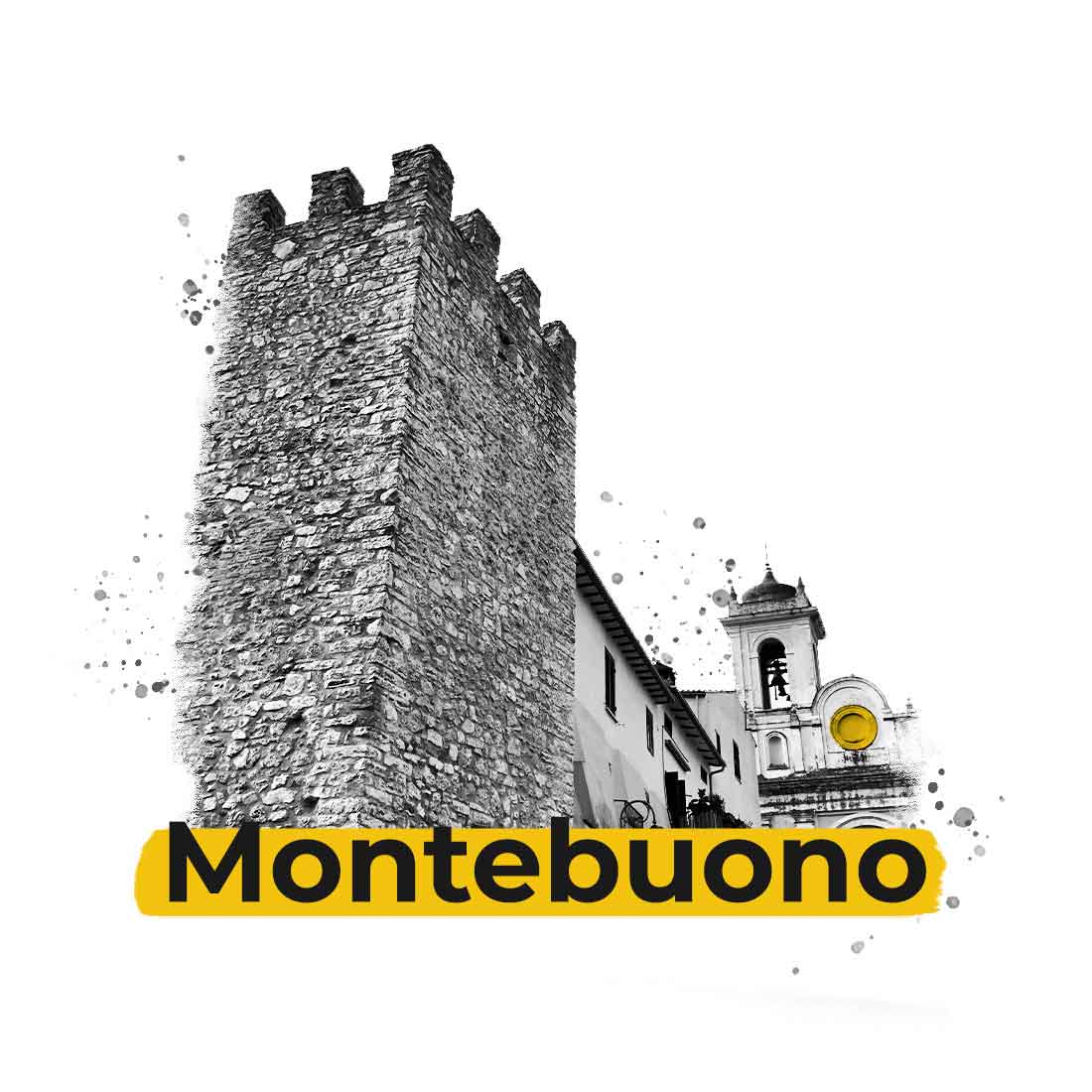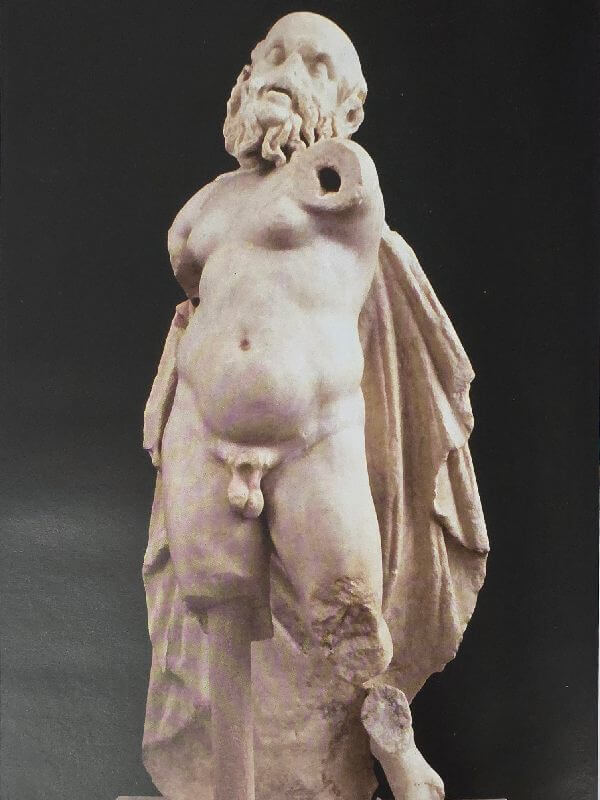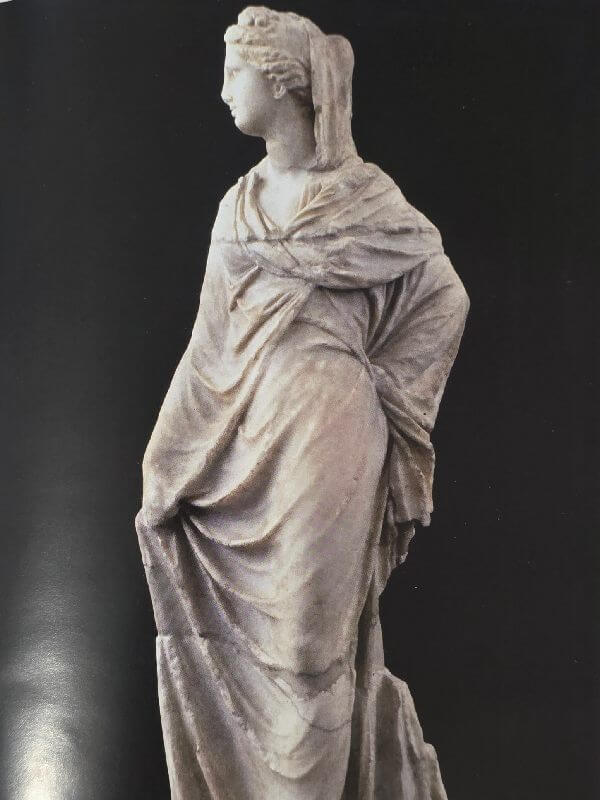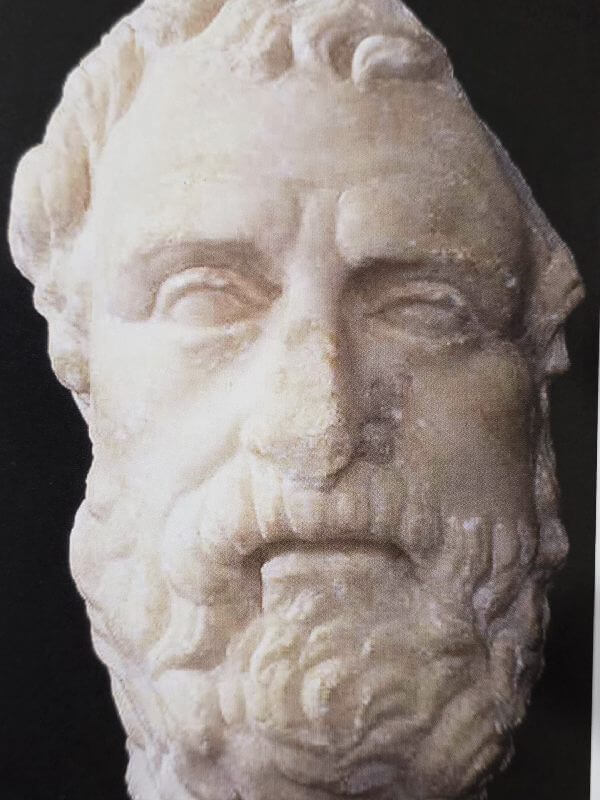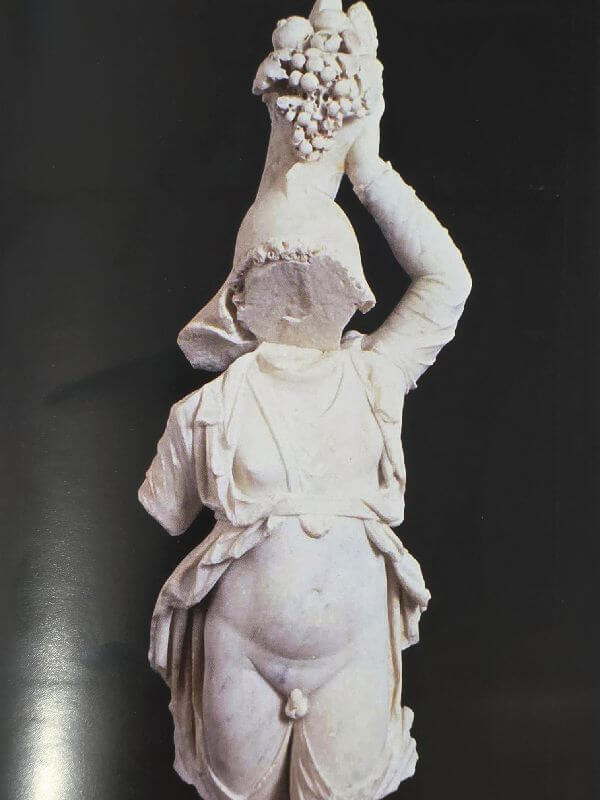Church of Santa Maria Assunta in Fianello

Location
Via S. Sebastiano, 3
02040 Fianello RI

Opening Hours.
Open during church services
In 1950, during work on the construction of an access road to the cemetery attached to the Church of Santa Maria di Fianello, exploratory essays were carried out by the Superintendency of Antiquities. These excavations brought to light sculptural fragments of considerable value and archaeological materials, as well as the identification of a Roman villa, on which the building of worship dedicated to Mary of the Assumption was later built.
The excavations, conducted with funds from the Prefecture of Rieti, made it possible to identify brick structures and some rooms of the villa, the function of which remains uncertain due to the limited extent of the investigations. Near the entrance to the cemetery, just below the modern street level, a pit sealed by a thick layer of mortar was discovered, containing numerous sculptural fragments of fine workmanship, including statues of greater than normal height. The presence of lime on the sculptures suggests that they were intended for liming during the construction of the church, but that some fragments were forgotten or abandoned.
Some statues show traces of their original painting, suggesting that they were kept inside the villa and not exposed to the elements before their burial.
Along the right side of the small road leading to the cemetery, two conduits were identified, one with a pointed arch cover and the other with a cappuccina cover, as well as a rectangular room lined with cocciopesto, probably a cistern. In addition, two adjacent rooms were discovered, marked by a masonry counter, with mosaic flooring: one decorated with white tesserae and polychrome marble inserts, the other with a checkerboard of black and white tesserae framed by a band of white tesserae.
Other remains of the villa were found behind the side aisle of the church, which rests on a Roman-era vault with a brick exterior arch. Below the road leading to Fianello is a rectangular building (8 x 4.90 m), known as early as the 19th century thanks to Count Genuini, who interpreted it as a sacred aedicule. However, the structure, dating from the mid-2nd century AD, is more likely a sepulchre, characterized by a cross vault on angular pillars and an outer brick facing with molded pilasters.
Walls from the medieval period were discovered near the cemetery enclosure, built of irregular stones bonded with little mortar. In 1972, during restoration work on the church, new Roman structures came to light, including an area with a torcularium in opus spicatum, with a drainage channel and two overlapping floors, as well as medieval architectural elements.
Today, only a few wall sections along the cemetery access road and remnants of a probable cistern near the church apse remain visible of the ancient Roman structures. The public fountain nearby incorporates the ferrule of an aqueduct speco, which brought water to the villa in ancient times.
The materials found at Fianello, particularly the extraordinarily well-made marble sculptural group, constitute an important artistic record. The statues, made in the late Hellenistic period probably in Delos, are now preserved in the Roman National Museum. Among the most significant finds are a dancer, a dancing maenad, an intoxicated Silenus, an Attis-Eros, a Heracles, a Diana, torsos of athletes, and a double Demosthenes herm.
Numerous ancient elements are preserved inside the church, including a fragment of a strigilated sarcophagus with an inscription dedicated to Rufina, walled on the wall opposite the entrance. The altar rests on a molded limestone block, while the crypt contains column bases, terracotta pipes and other architectural fragments.
A sepulchral inscription, probably from the villa and datable to the 1st century AD, is preserved inside the church, engraved on small columns at the entrance to the crypt. However, it is difficult to read since it is partially covered by two capitals with stylized leaf decoration.
The Church of Santa Maria di Fianello, with its historical stratification and exceptional archaeological findings, represents a site of great interest for scholars and archaeology enthusiasts. The discovery of a Roman villa with a sculptural complex of the highest level gives this place a unique historical value in the archaeological landscape of Sabina.

